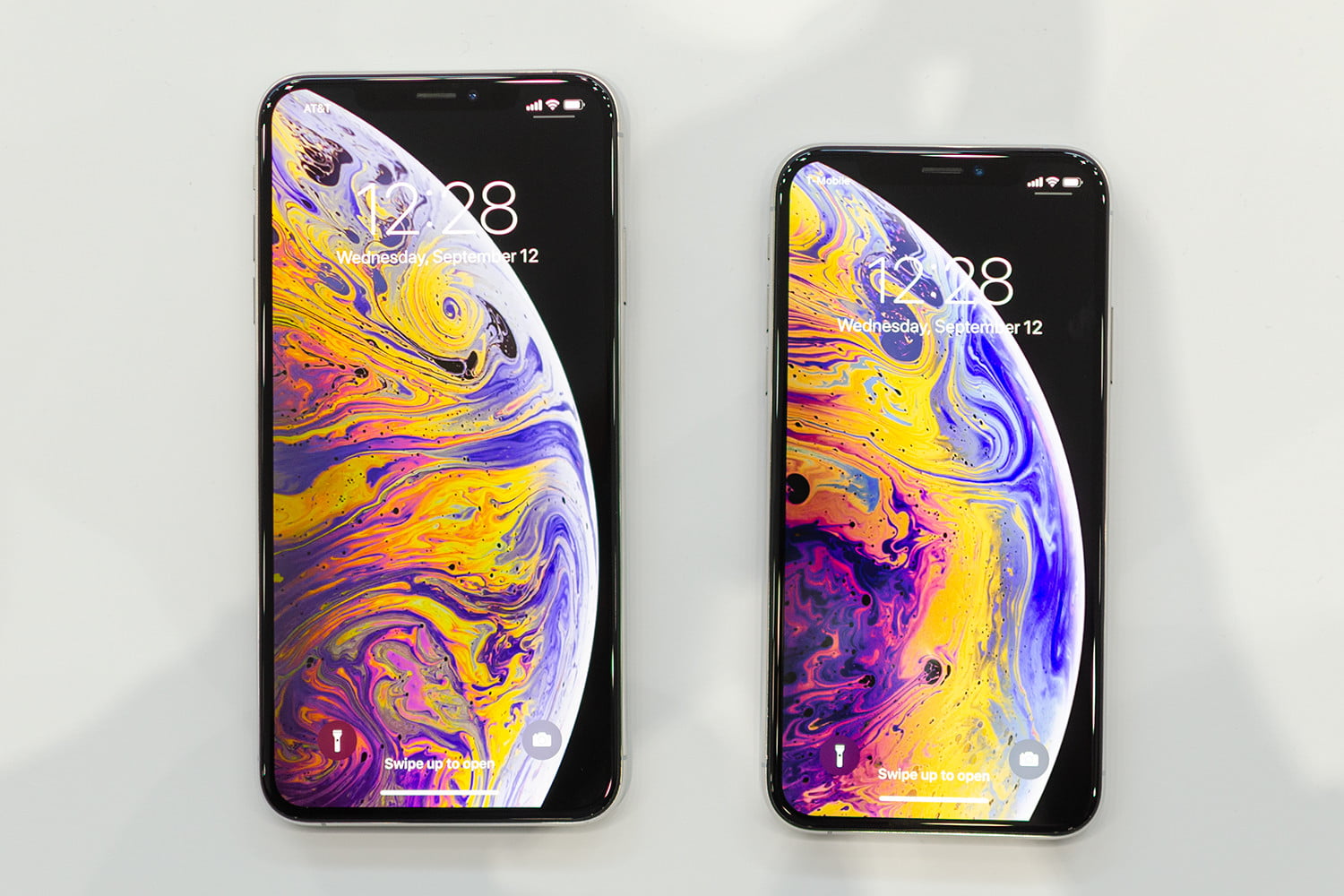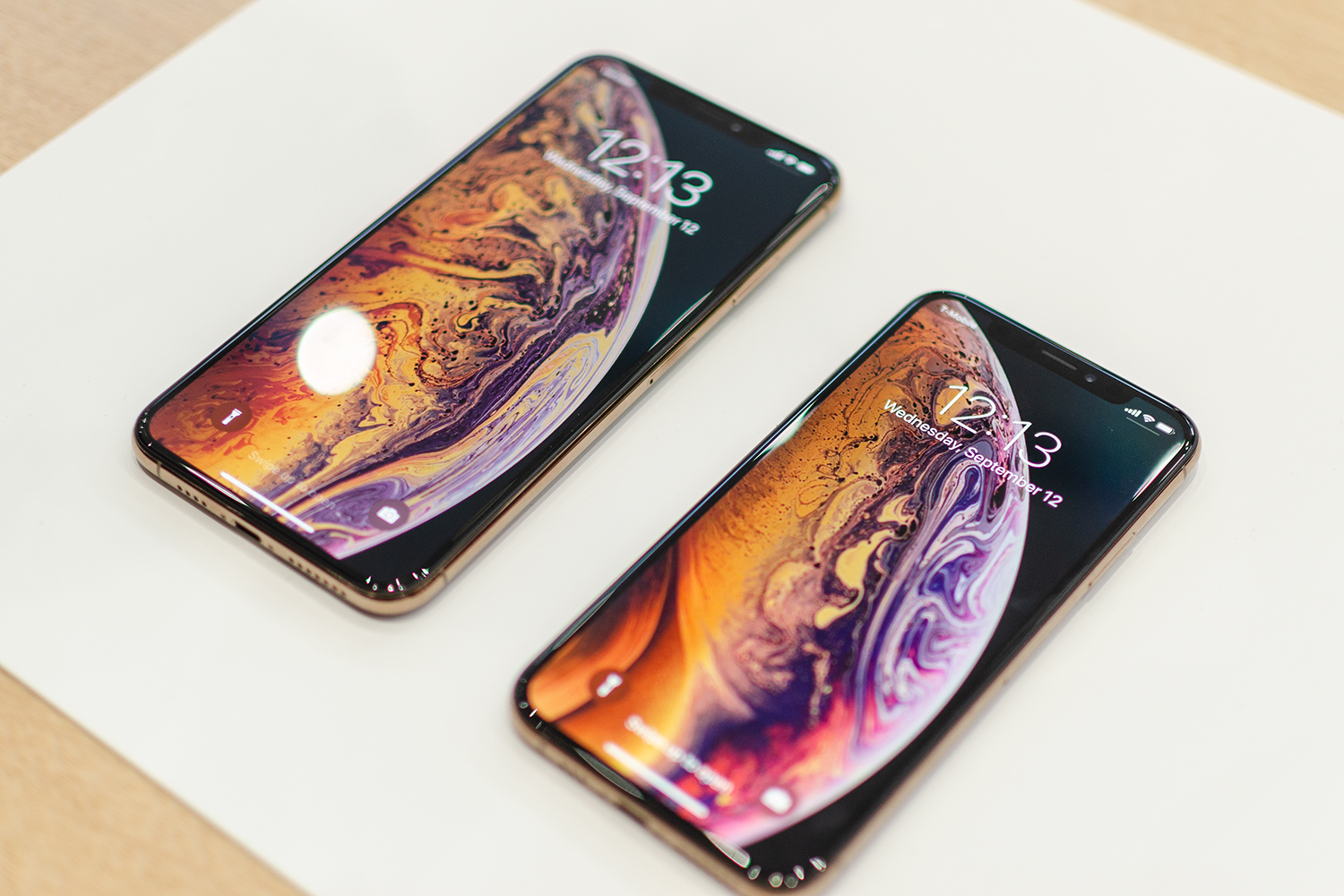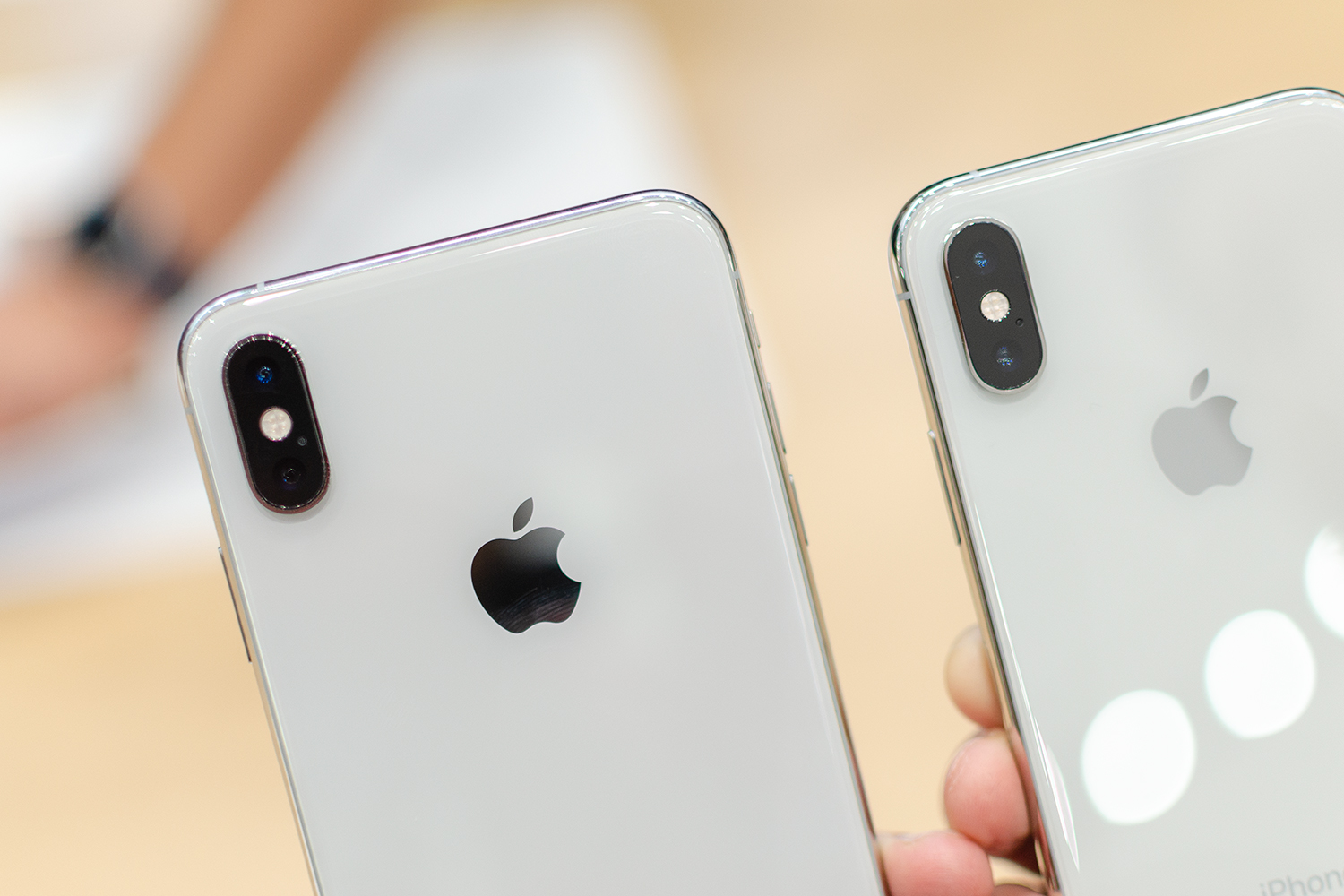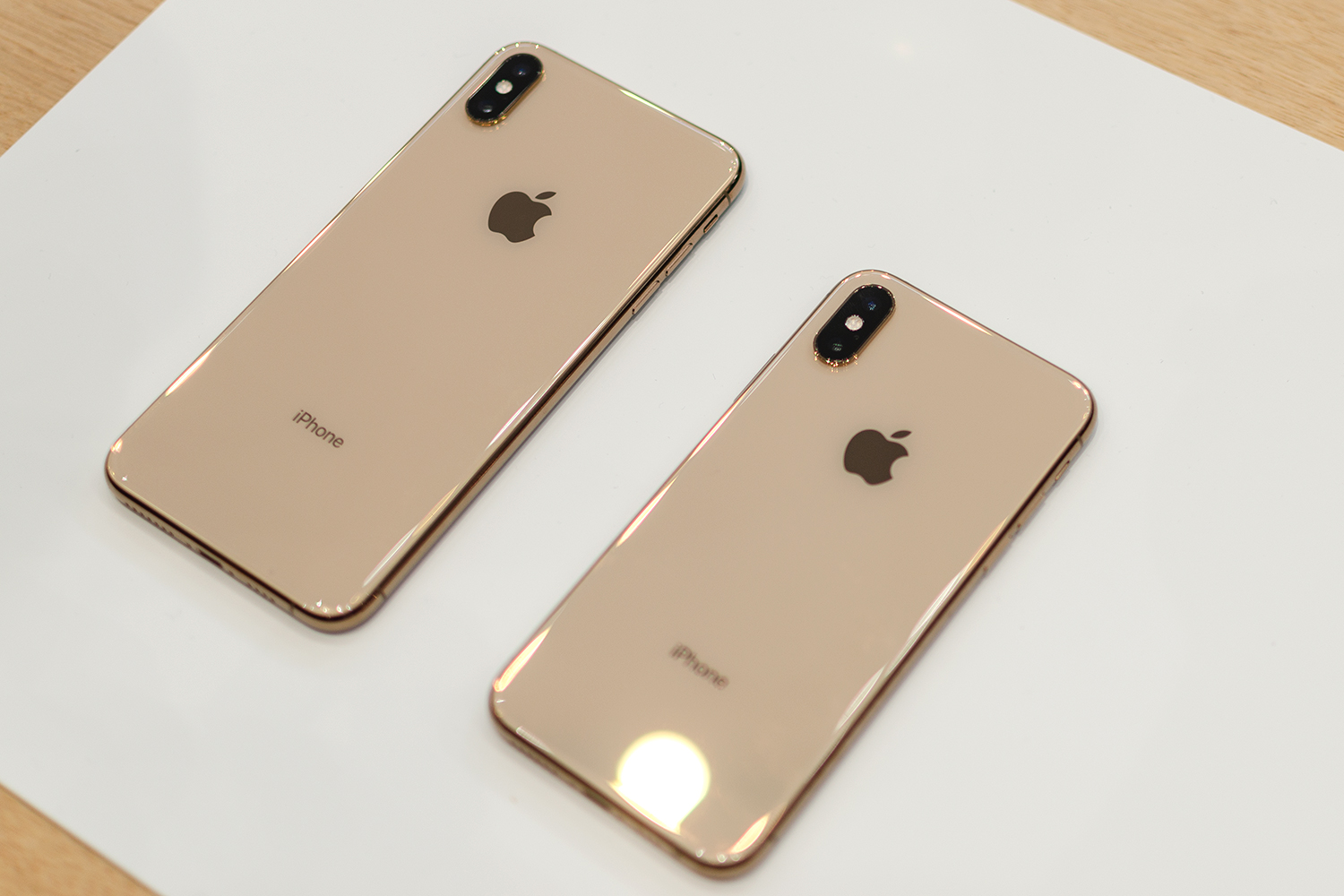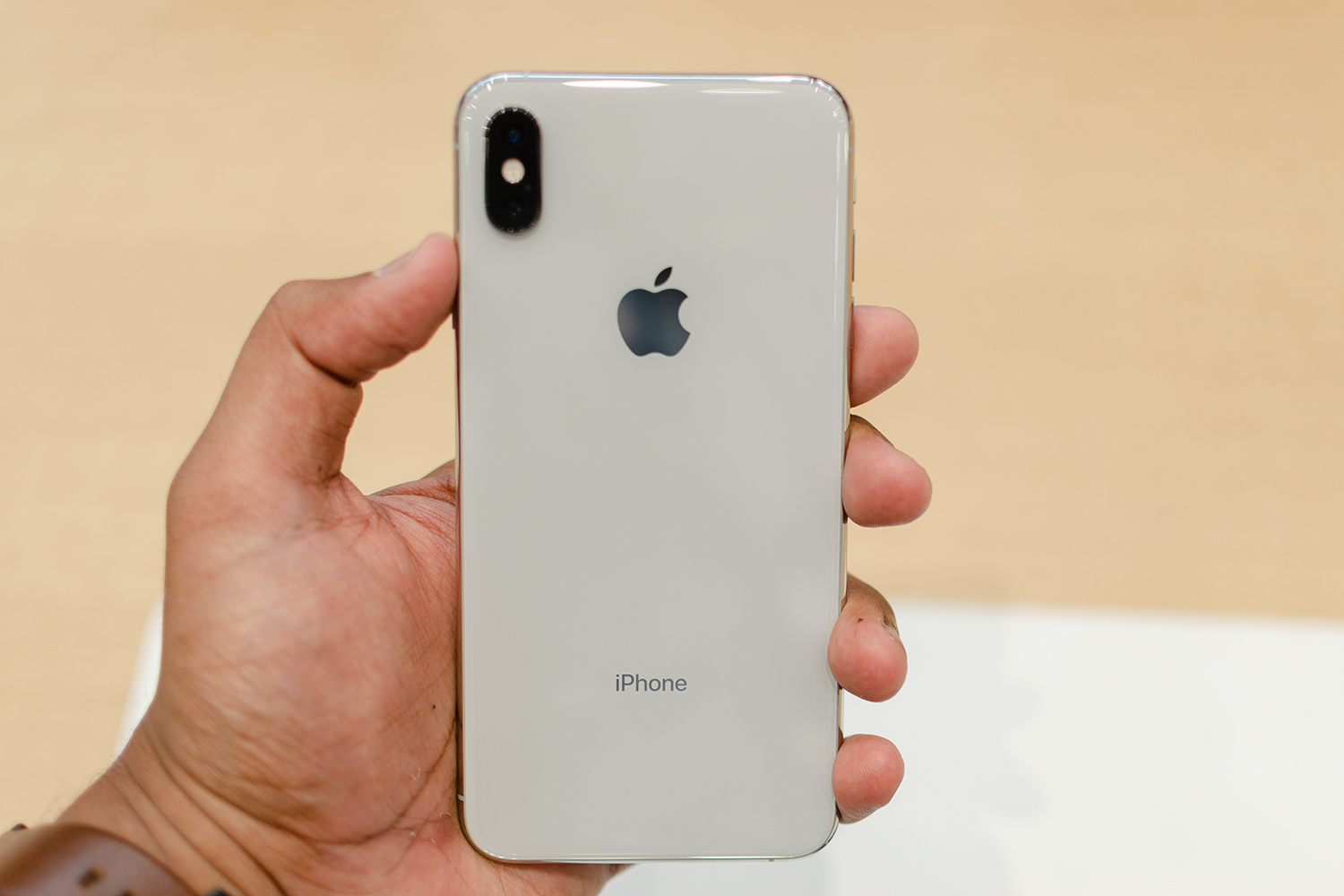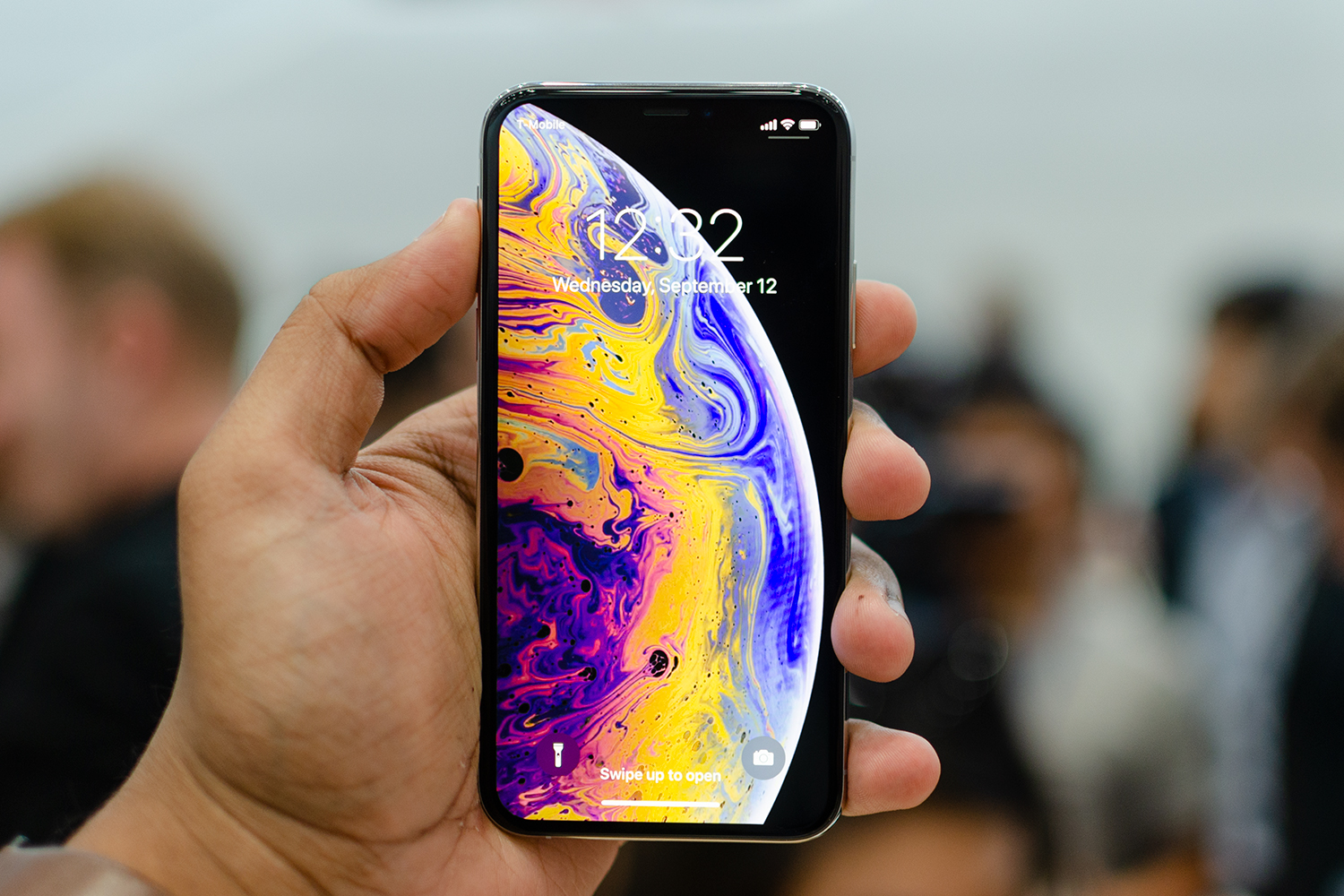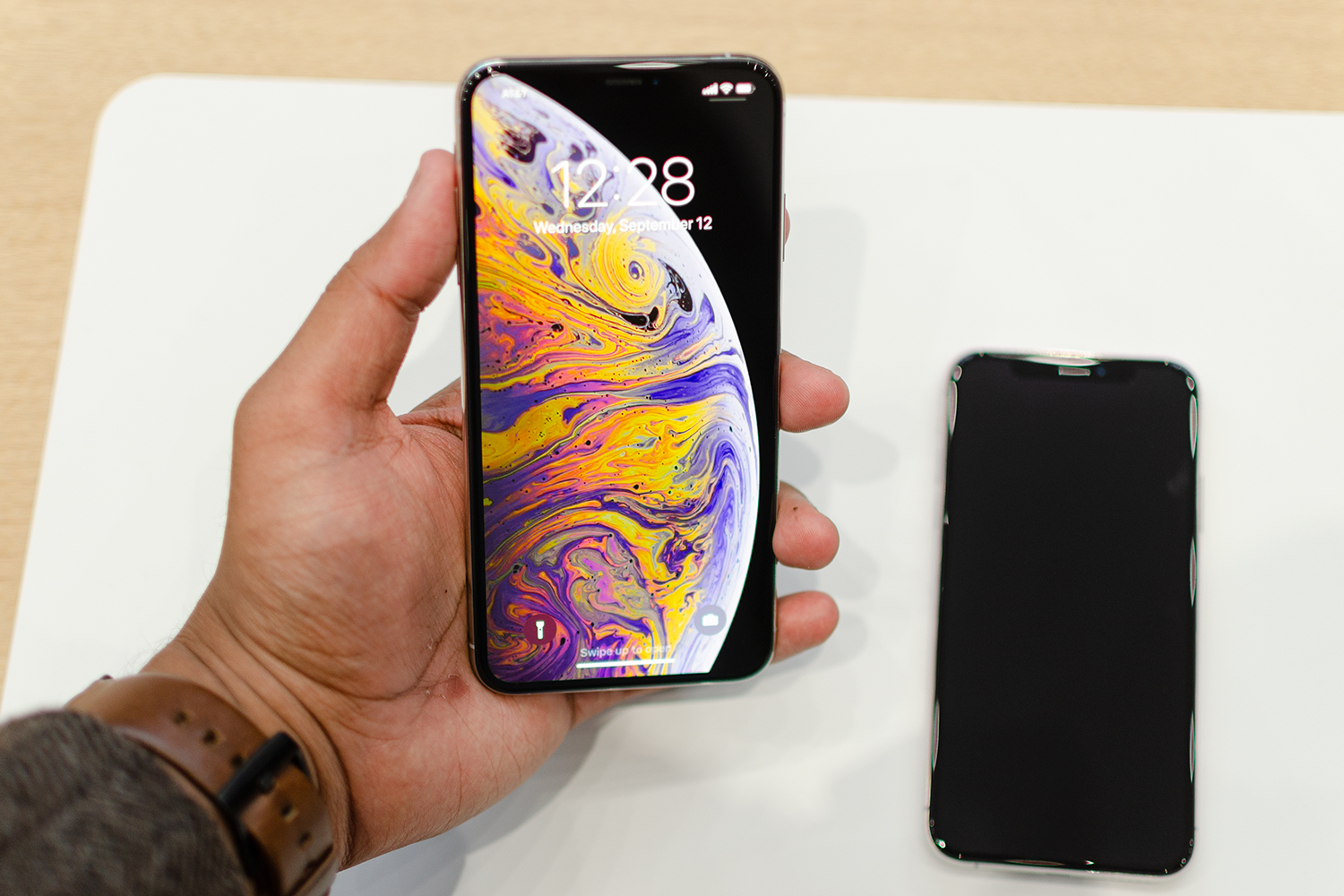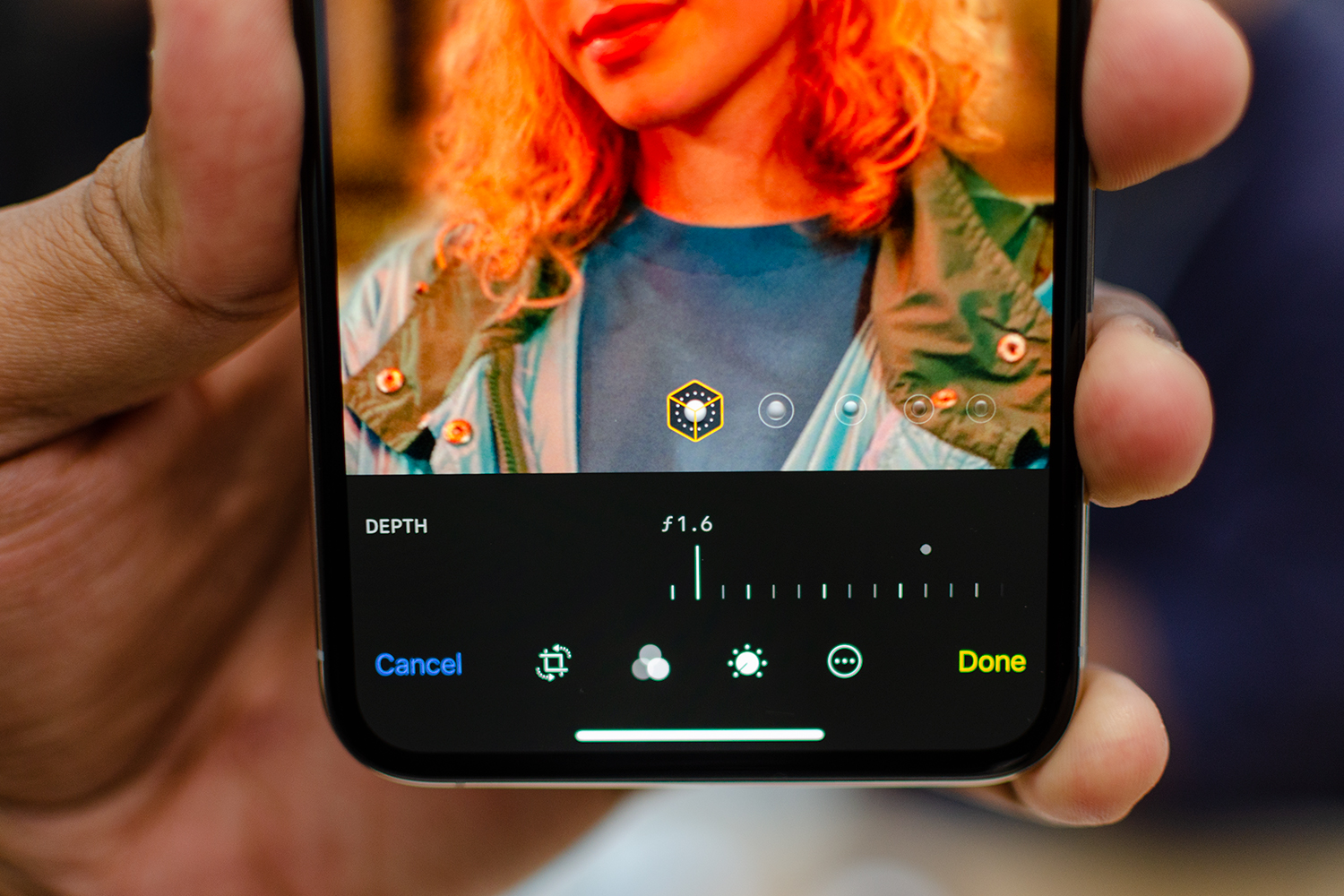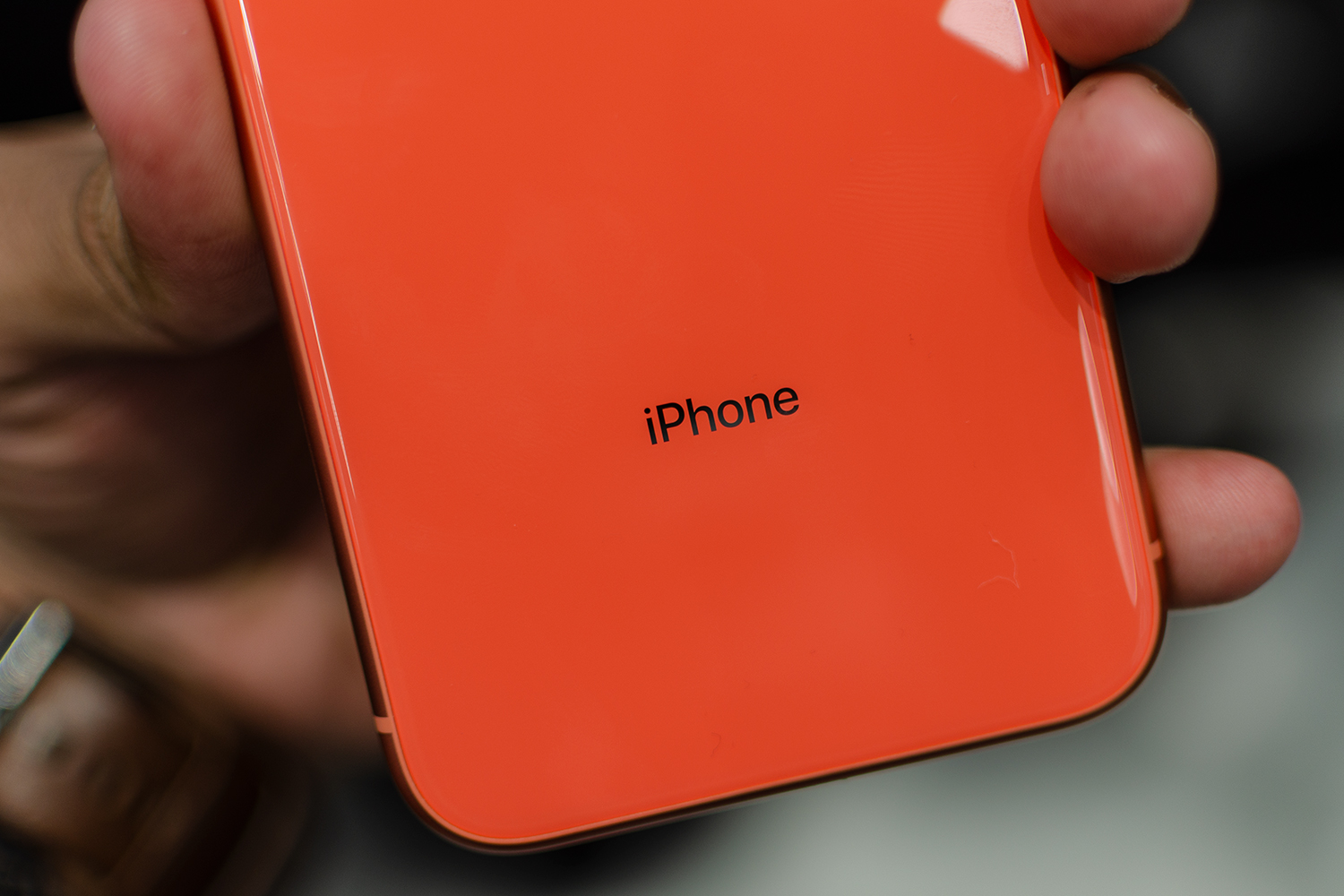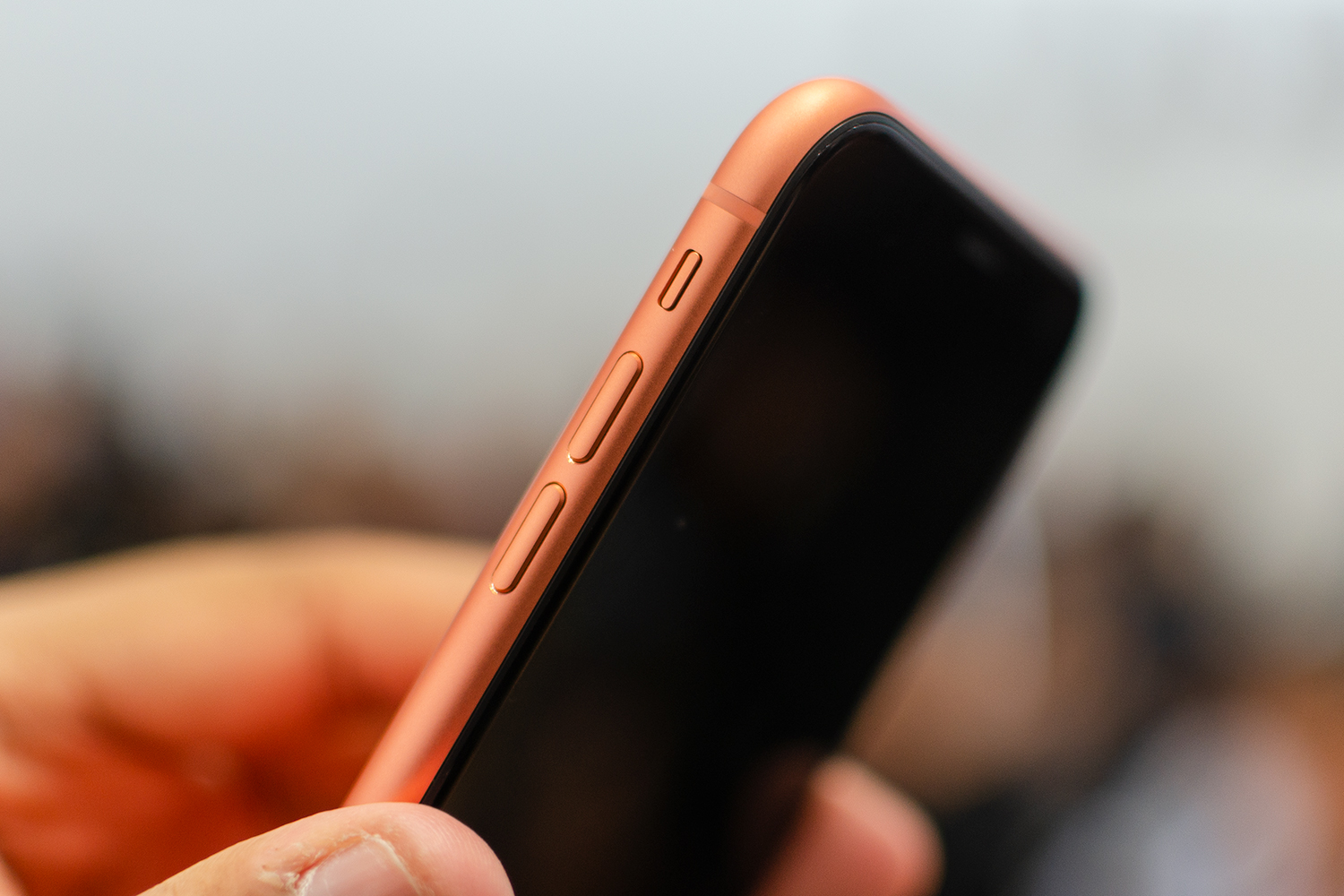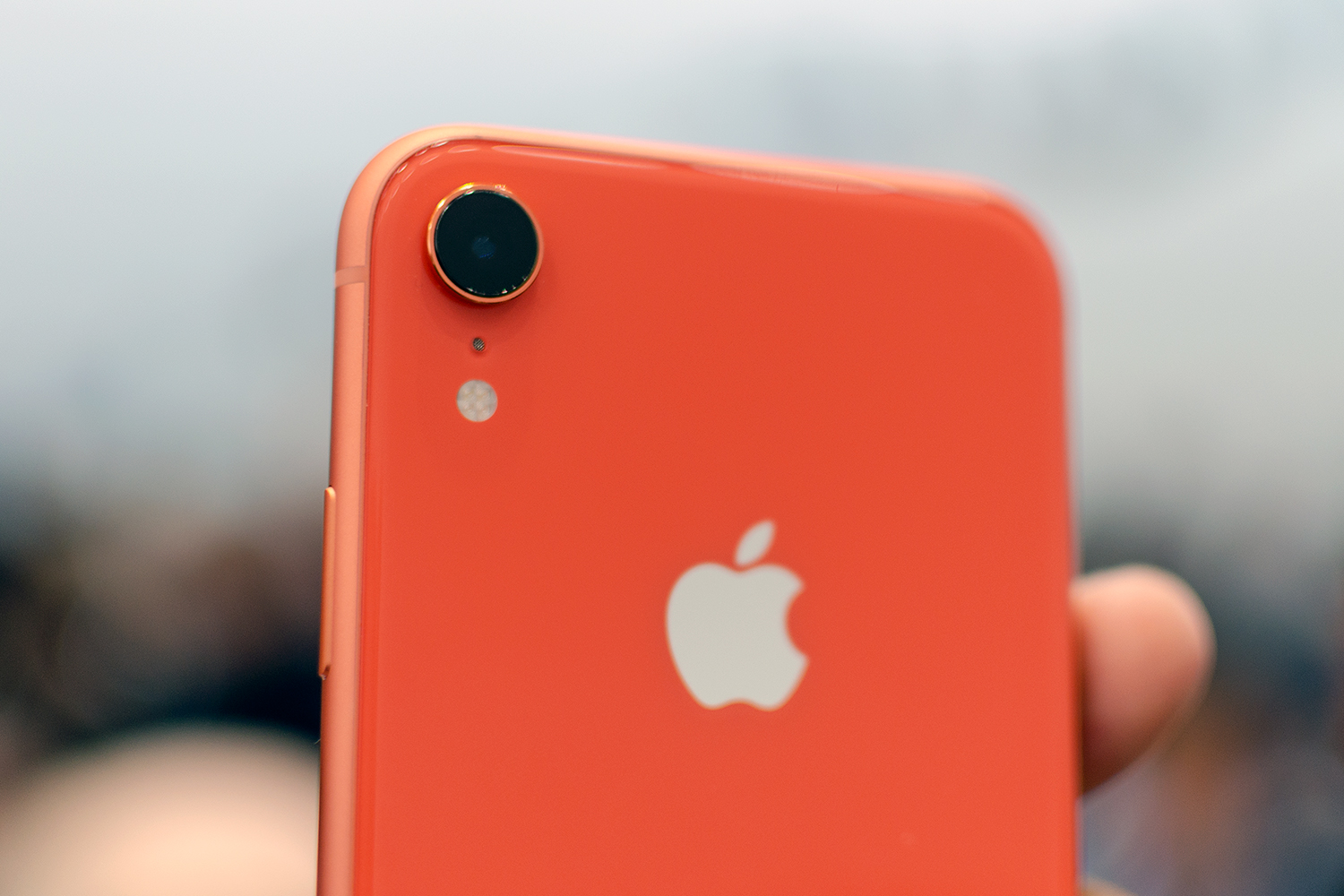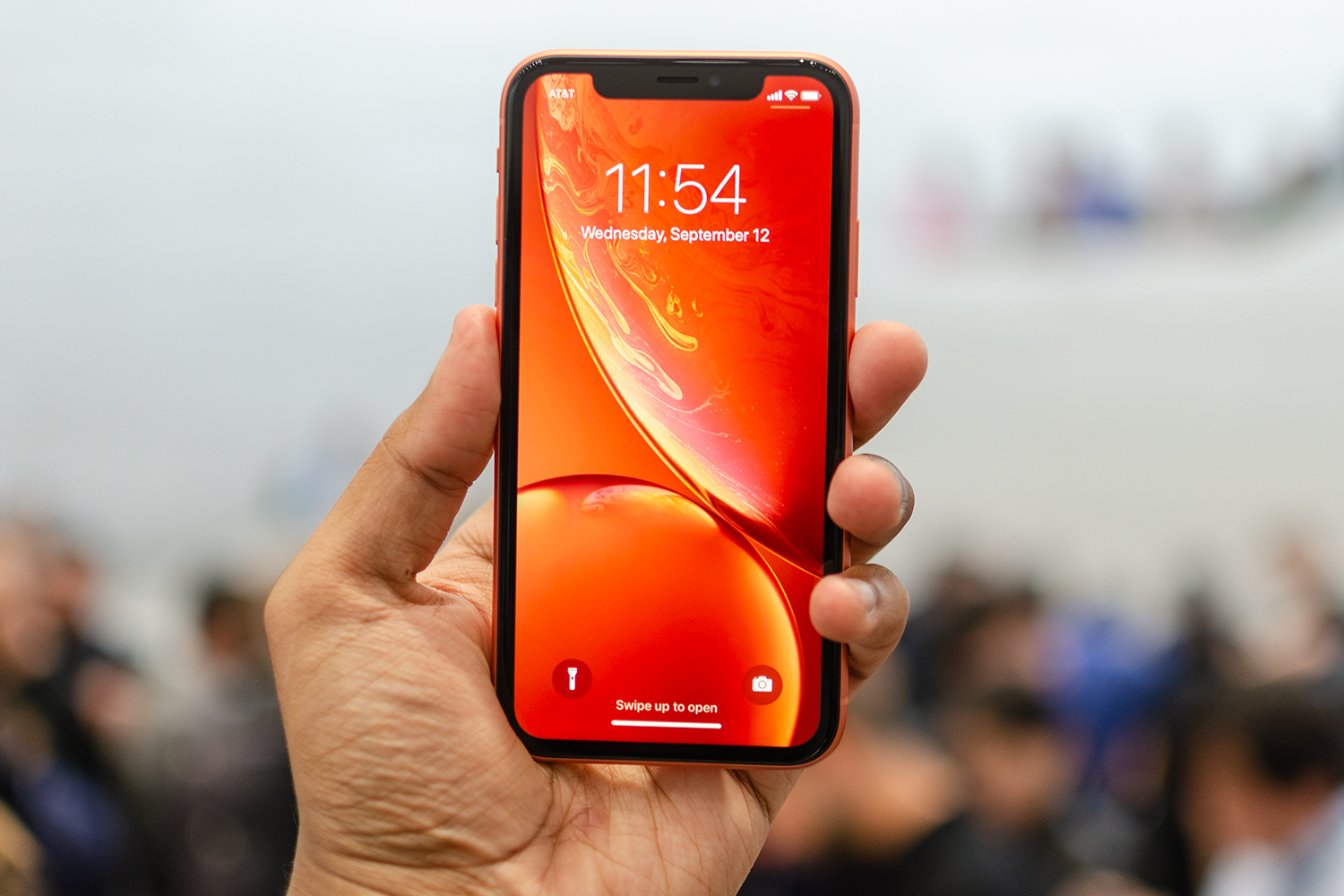
Apple has taken the wraps off its next-generation iPhones and they come in the form of the iPhone XS, iPhone XS Max, and iPhone XR. While they all have very similar titles, each iPhone brings along its own set of features, aesthetic, and price point.
We were on the ground at Apple’s hardware event in Cupertino, California, where we got to see the highly anticipated iPhones in person. Below, are some hands-on photos to give you an up-close look of each device.
iPhone XS and XS Max
The iPhone XS is the successor to last year’s iPhone X. It comes complete with a nearly bezel-less 5.8-inch, Super Retina OLED display and a notch at the top. Meanwhile, with the iPhone XS Max, Apple did things a little differently this time with the iPhone XS Max. Rather than releasing a ‘Plus’ size version as it normally would, the company went even bigger — with a 6.5-inch Retina OLED display instead of the usual 5.5-inch as seen on the iPhone 7 Plus and 8 Plus.
Both models come in a variety of colors — gold, space grey, and silver. The XS and XS Max are also made of glass, but has a higher durability rating and has an IP68 rating for water-resistance.
Physical size aside, the iPhone XS and XS Max also have most of their specs in common. On the back, you will find two new cameras — one 12-megapixel, wide-angle sensor with an f/1,8 aperture and a second telephoto lens with 12 megapixels, optical image stabilization, 2x optical zoom, and an f/2.2 aperture. With a TrueDepth camera system, you can also take advantage of features like Face ID and Animojis.
Under the hood is Apple’s next-generation A-series processor, the A12 Bionic trip. Apple says it works 15 percent faster and has 40 percent lower power consumption in comparison to the previous generation. While Apple hasn’t announced the size of the batteries, the iPhone XS has 30 minutes more time on the iPhone XS in comparison to the iPhone X while the XS Max has 90 more minutes.
For more in-depth information on the iPhone XS and XS Max, check out our news post here. You can check our iPhone XS review and iPhone XS Max review for our impressions on the new phones.
iPhone XR
With the iPhone XS and XS Max priced both priced at over $1,000, Apple also released what it considers a “budget-friendly” iPhone X alternative called the iPhone XR — for $749. In terms of design, the iPhone has a 6.1-inch LCD display (bigger than the iPhone XS) that Apple calls a Liquid Display. As with the entire iPhone X lineup, the XR also includes a notch at the top. On the back, you will find a single-lens camera that comes in at 12 megapixels with an aperture of f/1.8 and support for Portrait Mode via machine learning. As with the iPhone XS and iPhone XS Max, the XR also has a TrueDepth camera system.
The XR comes with the same A12 Bionic processor, and comes in 64GB, 128Gb, and 256Gb storage options. The battery for this iPhone has yet to be disclosed, but Apple says it lasts an hour and a half more than the iPhone 8 Plus.
Perhaps the most interesting part about the iPhone XR are the color variants it comes in. Apple is taking it back to those iPhone 5C days by offering the XR in some fun, vibrant colors. Aside from white or black, customers will get to choose from blue, coral, red, and yellow.
You can learn more about the iPhone XR here, and read our impressions in our iPhone XR hands-on review.
